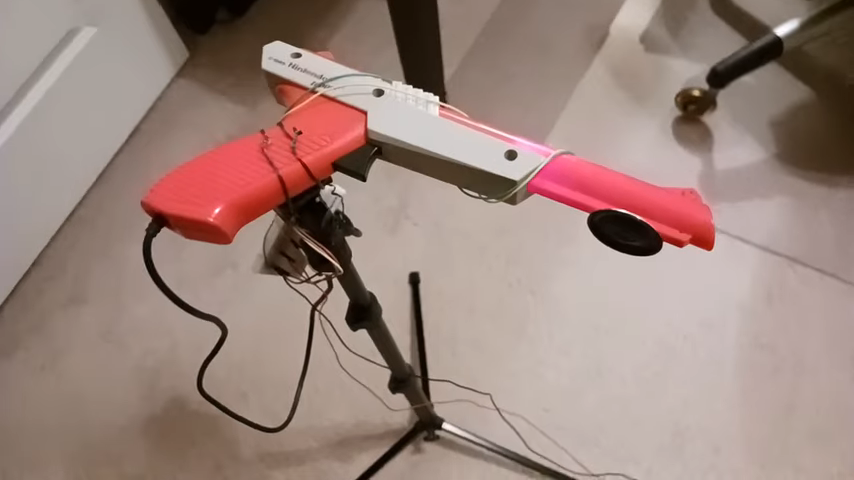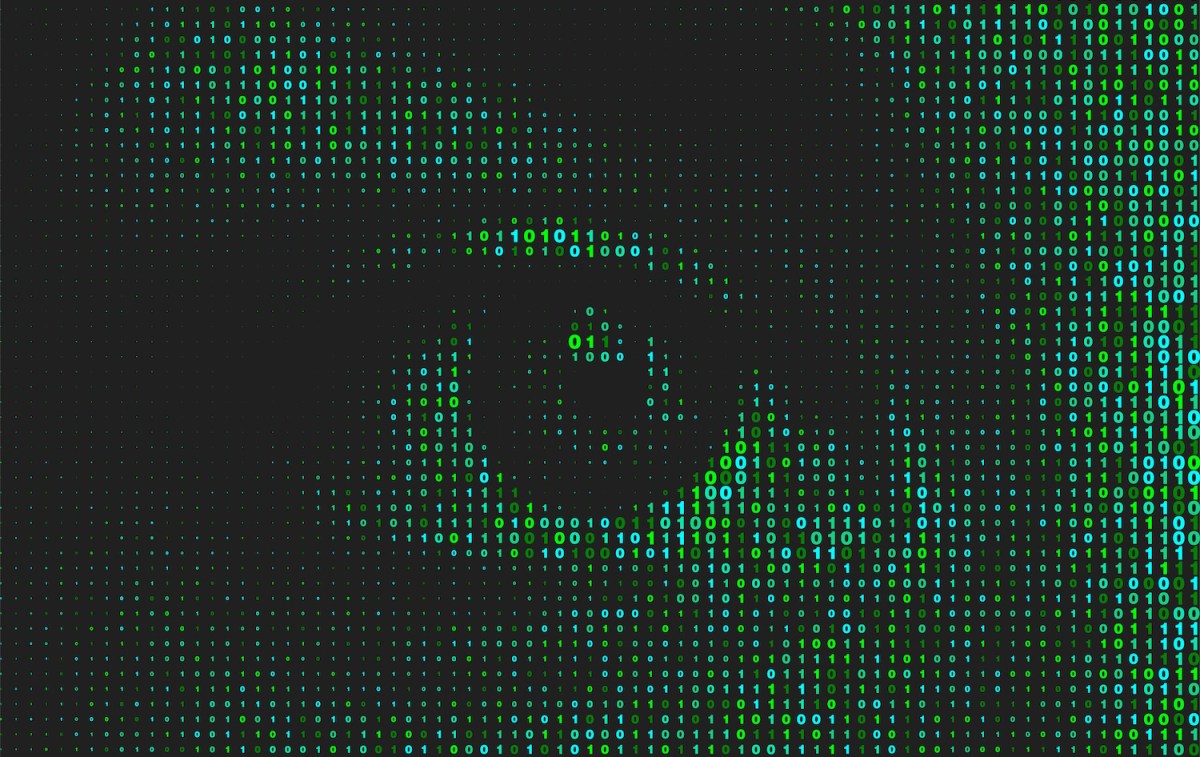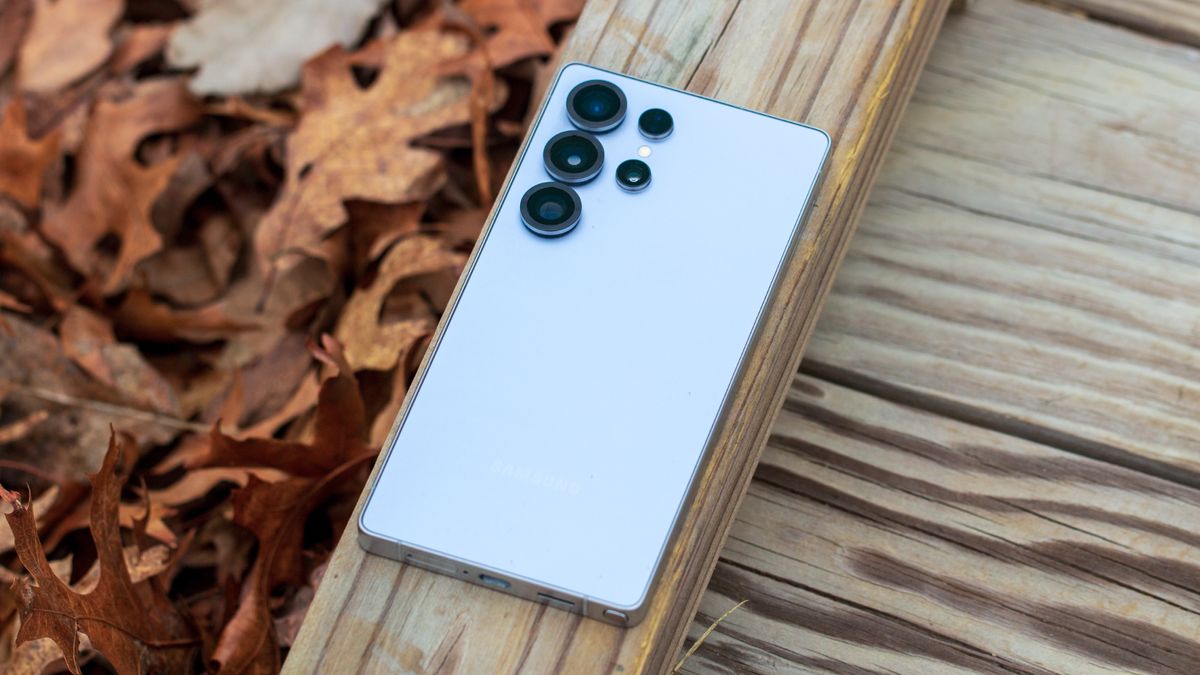
Sign in to your XDA account

Summary
- The NES Zapper can be transformed into a wireless phone by manipulating the hardware.
- The inventor, Nick A. Bild, bypassed anti-cheating protections to create a wireless phone.
- The modded Zapper successfully transmits audio data with impressive quality, but setup can be challenging.
You know, for a gaming controller, the NES Zapper was an impressive piece of kit. It may be pretty basic in today's standards, but given how it allowed people to "shoot" ducks on their screen all the way back in 1985, it certainly did a lot of things right.
Part of the technology behind it involves the Zapper taking in light and analyzing it to detect a hit. But what if you could tinker with the hardware so that it would accept streams of data beamed into it via a light source? That's exactly what one tinkerer did by turning his Zapper into a wireless phone, and it works better than you may think.

Related
5 NES games that are never coming to Switch Online
These 5 games may have been great on the NES, but don't expect to see them on the Switch online service.
The NES Zapper can become a wireless phone, with a bit of tweaking
As spotted by Hackaday, this cool idea was the invention of Nick A. Bild, MS. They had just wrapped up making videos based on how telephones used light to transmit audio data and how the NES Zapper "knew" if you had hit a target on the screen or not, when they had a great idea to merge the two together. As explained on their GitHub page:
The NES Zapper has anti-cheating mechanisms built into it that prevent it from being used for anything other than a light sensor that is tuned to the specific frequency of the electron beam of a CRT TV. After making my Zapper deep dive video, I realized that I could bypass these protections by rerouting the "hit" indicator signal directly to the photodiode itself.
Because of this mod, the hit indicator now gives me an analog signal representing the intensity of the light striking it. That means I can encode audio into light by modulating its intensity, and shine it at the Zapper. Then I can feed the signal from the hit indicator line directly into an audio amplifier and the sound will be reproduced.
Nick was kind enough to show off the steps they took when making this cool device, so be sure to give the GitHub page above a read if you're interested in how it's done.
So, how does a NES Zapper fare as a phone? Nick demonstrates its capabilities at the end of the video above, and in terms of audio quality, it's actually really impressive. The music Nick beams into the Zapper comes out crystal clear via the speakers, so transmitting audio data over a controller from the 80s is definitely possible.
However, Nick notes that getting everything set up is the real pain behind the project. After all, you have to beam light from the source directly down the barrel of the Zapper, so any accidental knocks or nudges would ruin the entire setup and be a chore to fix. But as a cool proof of what people can do with light, it's definitely an awesome project.
.png)










 English (US) ·
English (US) ·